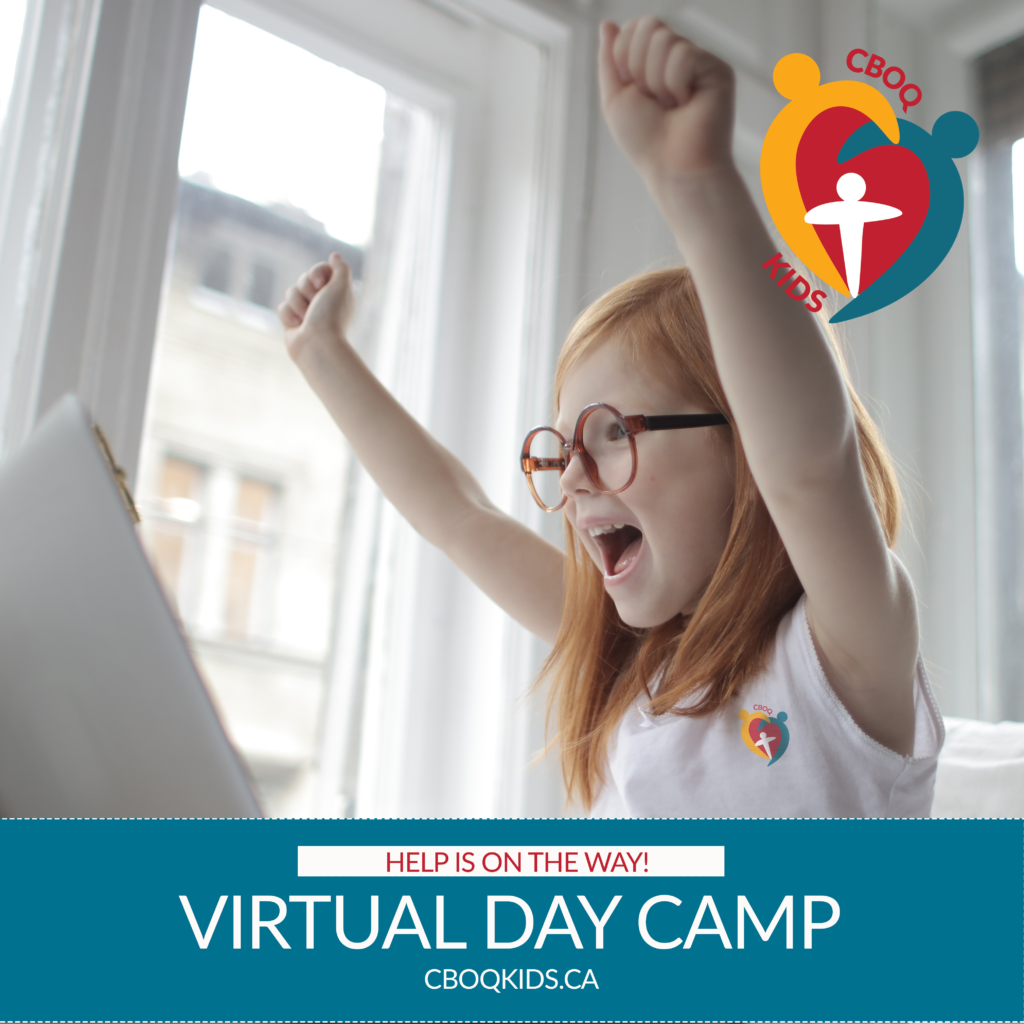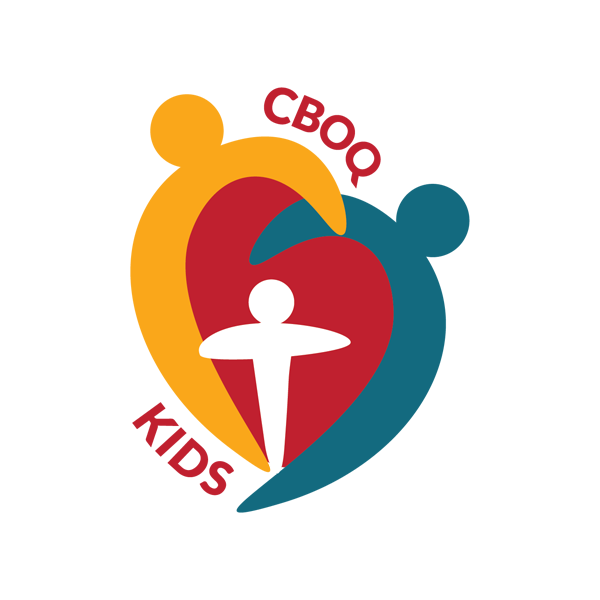
“Virtual” School Closure Day Camp
In light of COVID-19 and its changing influences in our world (e.g. school closures, closures of city-run facilities, etc.), there is a growing need for meaningful, engaging programs. While most children ages 17 and younger will not be at school, their parents/guardians may not have the option of staying at home. For those who can, there may be limited resources or opportunities for engagement. This is an opportunity for the local church to provide support and resources during this time.
Similar to the CBOQ Kid’s “How to: Nature Day Camp” resource that was created for quickly responding to a school closure due to strike, this resource is one option in engaging with children ages 2-12 with a caregiver.
It is called a “Virtual Day Camp” resource because, unlike running a strike day or PA Day camp at a church, this is intended to occur in smaller groups in homes with caregivers or possibly teenagers offering leadership.
OBJECTIVE
This resource is a modular, “out of the box” program that allows a caregiver to use physical and virtual tools as a day-long program.
SETUP
- Review the materials and determine which option you might use in each module. (Find Ideas here)
- If required, gather the necessary materials before the child arrives.
- Regularly follow the containment best practices as outlined by the local public health unit.
- If applicable, ensure a computer is available and the internet connection is stable.
SUGGESTED SCHEDULE
9:00 Stretching exercises (Suggestions here)
9:30 Module 1 (Find Ideas here)
10:30 break / snack
11:00 Module 2 (Find ideas here)
12:00 lunch
12:30 downtime (this could be a nap, quiet reading or resting the eyes)
1:15 module 3 (Find ideas here)
2:15 break / snack
3:15 module 4 (Find ideas here)
4:15 debrief the day (Check out Debriefing 101) This allows for kids to share what they liked, what they might like to do differently next time and allow time for the child to share any prayer requests.
4:30 complete
EXPANDING THE EXPERIENCE
Sometimes, the child (especially a single child) may feel lonely not being able to connect with friends in a meaningful way. You may choose to use video-conferencing software (example: Zoom, which offers free subscriptions) to virtually bridge with multiple households. This allows you to experience the modules together and participate in real-time by allowing “screen to screen” viewing and sharing a screen for the module.
UTILIZING RESOURCES
Since both children and youth will be away from school during the closure, youth could be a potential resource for parents to turn to for supervision. You could suggest the concept to the parent for their consideration. (e.g. “If you’re not able to take time off of work, perhaps you’d like to approach a teenager to babysit your child.”) If this is not a ministry of the church (see considerations for further details), then do not make specific recommendations of who could babysit but keep the suggestion generic.
CONSIDERATIONS FOR A CHURCH
- Be aware of what policies/procedures are in effect for your church.
- If you are promoting this as a ministry of the church, be aware of what liability issues may be involved.
- This would be considered a ministry of the church if you are recommending the caregiver. This assumes the church has screened and approved the individual.
- If you are considering this as a ministry, ask your insurance company how your policy would cover ministry in households.
- Every caregiver (guardian or otherwise) should understand and implement containment best practices as outlined by their local public health unit. You can also use this Factsheet as a reference.
May this time become a memorable and transformative experience for everyone involved.

Thank you for providing this very useful resource that I can share with our church family at Lisle Memorial Baptist
Our pleasure!
Same here, Very appreciative of this resource I sent to our families. Lorne Park Baptist Church